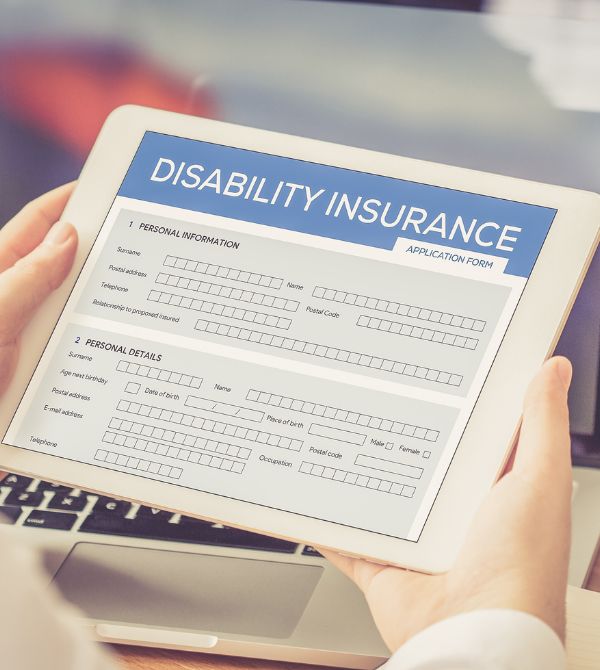Disability Insurance is a valuable safety net if things don’t go as planned and you cannot work due to an accident, sickness, or pregnancy. You wouldn’t trust your money with just anyone, so why trust your future income with an insurance company that gives you the run around? Let’s look at the differences between short and long-term disability insurance.
Length of Coverage
Short-term and long-term disability insurance are two types of insurance that provide financial assistance to individuals who have been unable to work due to illness or injury. Both types of coverage are relatively inexpensive, but they differ in terms of length of coverage and how claims are handled.
Short-Term Disability Insurance
Employers typically purchase short-term disability (STD) insurance for employees, but it can also be purchased by individuals on their own. These policies generally provide up to six months of income replacement, after which the insured can apply for Social Security Disability Insurance (SSDI) if still unable to work. Short-term disability insurance in Palm Beach may include additional benefits such as rehabilitation therapy and mental health care. You will need an expert to evaluate your condition and suggest a time frame.
Long Term Disability Insurance
Long-term disability (LTD) insurance provides benefits for a period determined by the policy owner, usually from two years up to age 65 or 67, which can be used at any point during those years. If an insured becomes disabled before age 65, they may need to supplement their long-term disability insurance South Florida benefits with SSDI because their policy will have run out before they reach retirement age.
Amount of Coverage
Short-term disability insurance typically covers 70% of your salary, up to a maximum benefit amount per month, for 12 weeks (or less). Long-term disability insurance usually covers 40% to 70% of your salary, up to a maximum benefit amount per month, for periods ranging from 1 year to age 65 or until retirement age (whichever comes first).
Pay Out Structure
Short-term disability insurance typically pays out a percentage of your income for a period of six months to two years. After that time, it will run out, and you will not be able to receive benefits again until your policy renews. Long-term disability insurance typically has no time limit on how long you can receive benefits. However, the average length of time someone is on long-term disability is seven years, so be wary of any policy that claims it will last forever without any restrictions.
Costs
Short-term disability insurance in Palm Beach is usually more expensive than long-term disability insurance in South Florida because the risks associated with short-term disabilities are much more significant than those associated with long-term disabilities. This means that insurance companies want to ensure they don’t have to pay out too much money on short-term claims and charge higher premiums.
Deductible Amounts
Short-term disability policies may have a deductible of $500 or more, while long-term policies may have deductibles in the thousands of dollars. The higher the deductible, the lower your premium will be. However, remember that if you have a lower deductible, you must pay for any medical expenses exceeding that amount upfront before your insurance kicks in.
To sum it up, choosing short or long-term disability coverage depends on your situation and the conditions you want covered. While short-term coverage is more affordable, long-term policies provide broader benefits and are usually more expensive. Contact National Risk Experts today to identify which one will cover your specific situation best.




